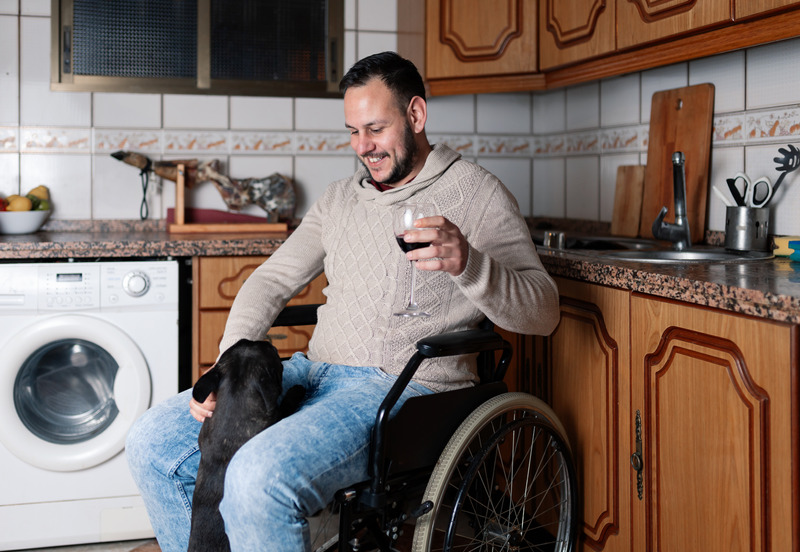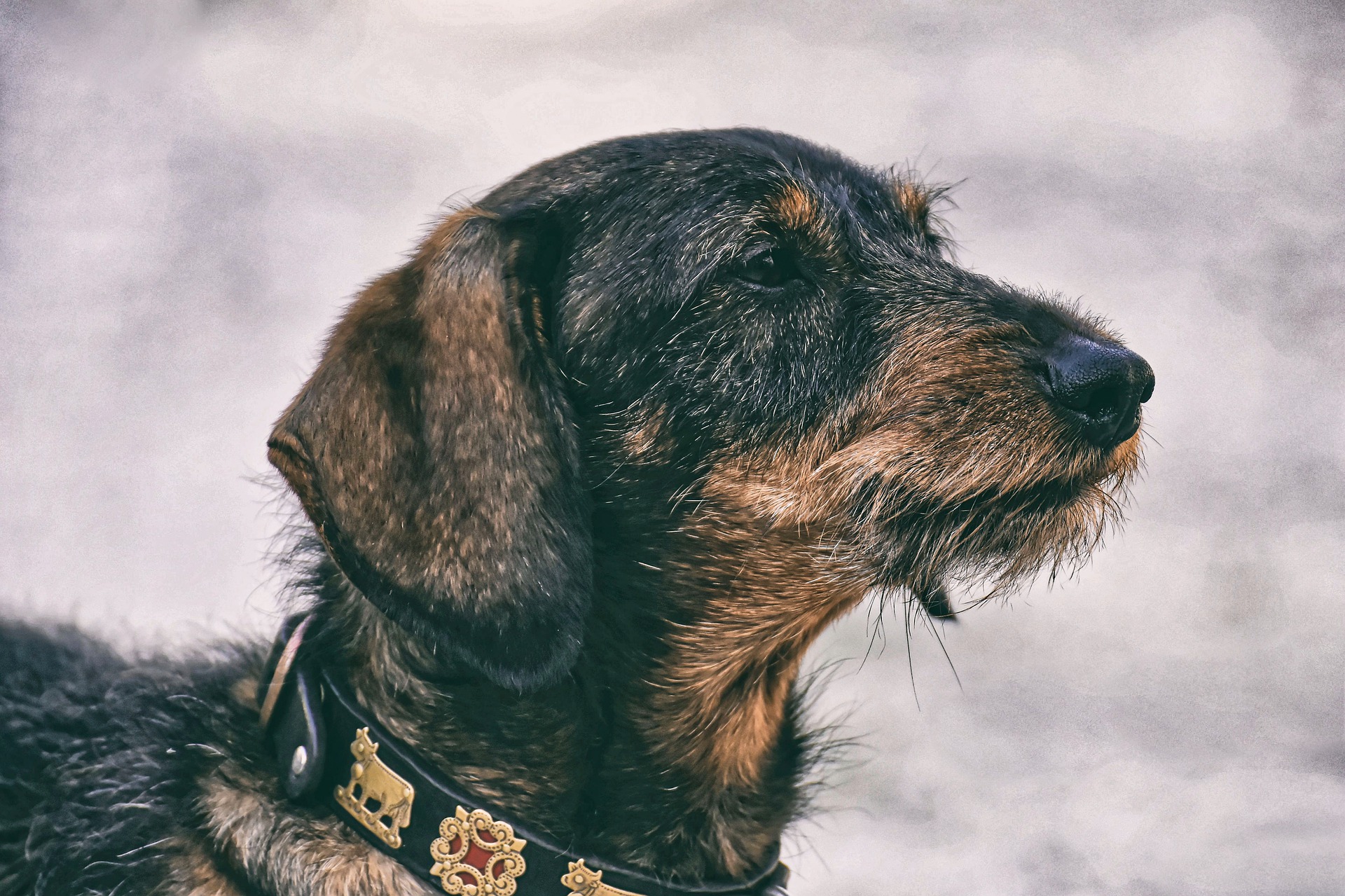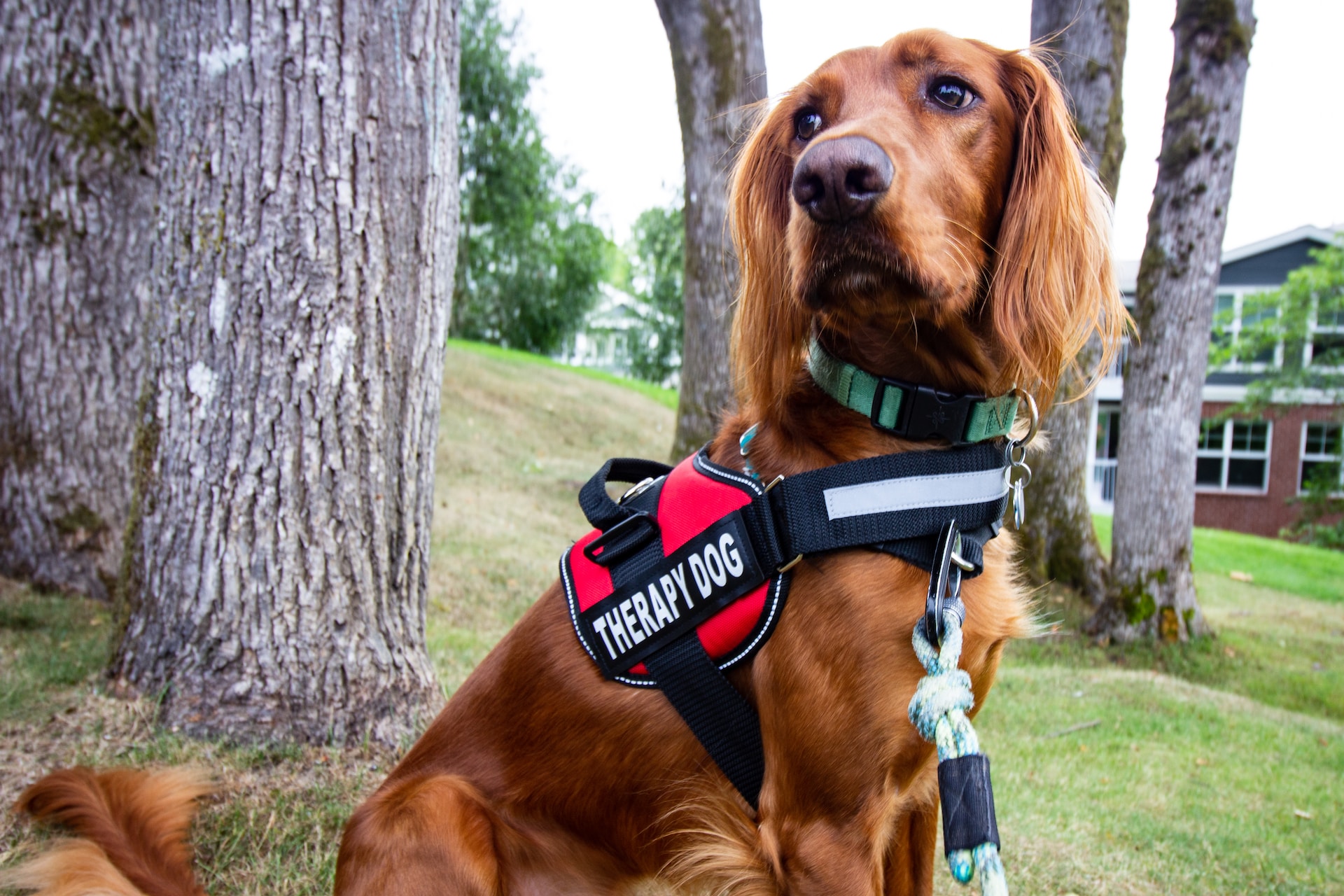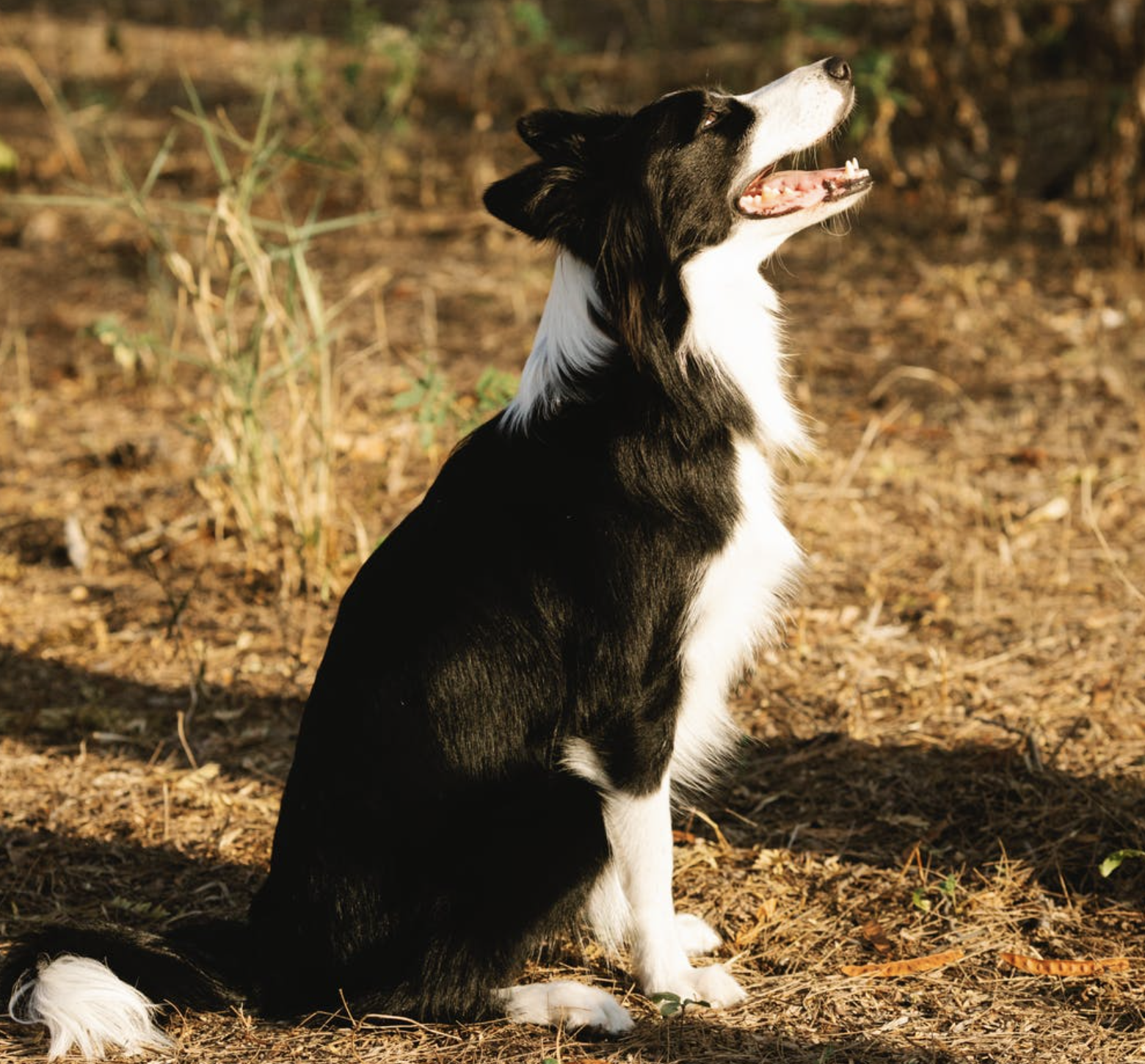
We love our furry friends and strive to secure their life conditions as perfect as possible. We love petting them, pampering them, and we are likely to turn a blind eye when they misbehave or even cause damages in our home.
Disciplining a dog can be a really challenging task, as we need to know and apply the proper training approaches. Our goal is to help our paw friends become well-behaved adults, able to manage different situations at home and while in public as well as interact properly with other animals and humans.
In this article, we will help you fulfill the challenging task, known as “disciplining” your dog.
Most Common Training Approaches
Positive Reinforcement
The most common and effective disciplining technique is the so-called positive reinforcement. In general, this means that instead of punishing your dog for something bad that he/she did, you should praise and reward him/her, when he/she behaves properly and fulfills correctly given commands or tasks. The main idea behind this technique is to motivate your dog so that he/she will try even harder to fulfill the tasks and behave well without feeling stressed and discouraged. Following this rule will strengthen the bond between you and your beloved furry friend. As we already know the stronger the bond the better will your dog sense your feelings and emotions and respond accordingly. An example describing the basics of this approach is when you give your dog a simple command like “sit”. Instead of punishing your canine when he/she refuses to sit, you may want to praise him/her and give him/her a treat or a favorite toy, when he/she sits. Another example for applying positive reinforcement is to give your dog a treat during potty training when he/she relieves him/herself outside on the place designed for that.
Another effective way to apply this method is by repeating a command, that your dog just fulfilled properly and praising him/her using an overemphasized tone. Dogs can recognize your intonation and body language and will definitely feel motivated when you praise them with the proper intonation.
We move to another approach, that along with the positive reinforcement builds the basics of proper dog training - the Redirection.
Redirection or Replacing
You need to follow a simple rule - once you notice that your canine misbehaves, try to redirect his/her focus from what he/she is doing at the moment to something different. i.e.: if he/she starts barking at another animal or a person, you can give him/her a command to sit, look at you or watch you. In other words, you need to replace the misbehavior with proper behavior. Practicing basic obedience commands with your dog can be really beneficial for you in such situations.
You can also try to implement the clicker as a training tool in your training sessions. Clickers have many advantages as the sound that they generate can reach larger distances compared to the human voice. Moreover, if you are outside on a walk with your dog and he/she just ignores you when you call his/her name or is too far out and can not hear you, you can use a clicker instead of voice commands. Clickers can also be very beneficial as a distraction/redirection tool, that prevents your dog from exhibiting an unwanted behavior.
Good Timing
Good timing in the context of discipline means that you need to praise your canine and/or give him/her a reward within 5 seconds from the moment that he/she performed a task or fulfilled a command. You need to constantly monitor the behavior of your dog, especially if we talk about a puppy without any obedience and social skills. It will be pointless if you reward your dog for something that he/she did a half an hour or an hour ago. He/she is not likely to understand why exactly you are praising him/her and will not associate the reward with the performed behavior.
The good timing is also related to the things that you should not do during a training process. If you give a command like “drop”, “stop”, “no bite” after more than 5 minutes, or try using any restrictions towards your dog, he/she will be unable to connect the commands to the bad behavior he/she provided.
We will talk about the mistakes in the training process in the second part of the article.
Patience, Consistency and Practice
These three words are crucial for conducting training properly and succeeding in the task “discipline your dog”. Do not get discouraged if you face difficulties during the training process, and you may need to make many attempts to achieve the wanted result.
Be consistent in what you are doing. Once you understand what approaches work for your dog, what treats or toys he/she likes, what cue words lead to fulfilling the given commands, keep applying these.
Do not replace cue words with new words for already learned commands. Also, do not replace methods already proven effective with new methods that you do not know how will be perceived by your dog. If you determine a certain behavior as “bad” you need to show your dog that he/she is not allowed to perform it regardless of the surroundings, i.e.: if your dog jumps over your younger child, you want to discipline him/her, but if he/she jumps over your older child, you may want to keep them playing. Although you have good intentions your signals may be considered mixed by your dog. He/she is not likely to understand correctly what you expect him/her to do.
Once your canine obtains certain skills and manages to perform given commands and tasks, do not take this for granted. You need to keep practicing these so that your dog continues behaving well and stays physically and mentally fit.
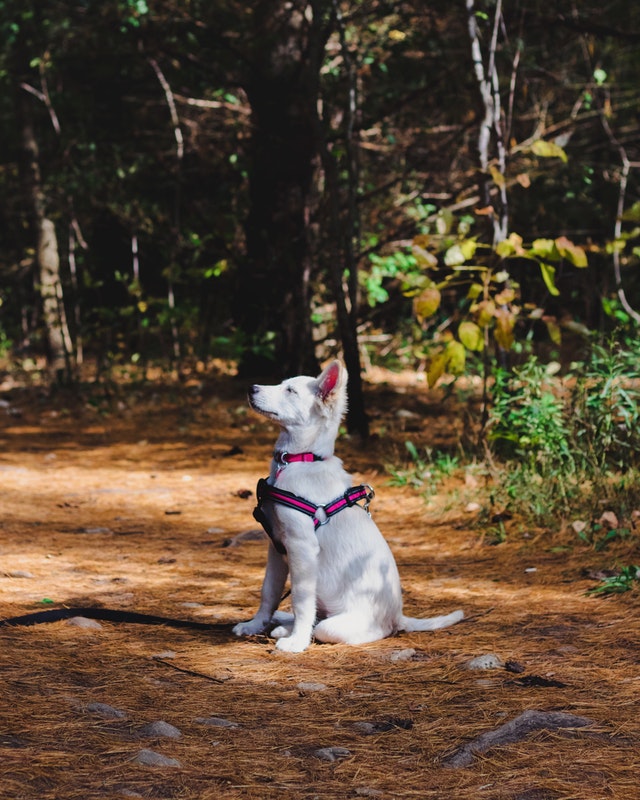
Some Common Mistakes During a Training Process You May Want to Avoid
We will let you know about a few commons mistakes that most inexperienced handlers conduct while trying to discipline their dogs.
Never lose your tempter
We know how angry we can get when coming home and noticing our furniture chewed, our favorite shoes totally damaged, or our curtains ragged... It is easy to lose our temper. Please try to not yell at your dog, especially if he/she is still a puppy. Any kind of physical or verbal aggression may cause stress, anxiety, fear, or turn your pup into an aggressive adult, dangerous for you, your family and other people or animals. Just stay calm and keep practicing all the necessary commands.
Do not reward a bad behavior
A common mistake along many owners is to give their canines a reward as a try to prevent them from doing something bad or distracting them from it. You may want to know that once you start giving your dog a treat when he/she does something considered “bad”, he/she will continue doing it. Your canine will learn that he/she will receive a treat or a toy after performing this behavior and will feel even more encouraged to keep doing it. So, our advice, in this case, is to pay attention to what your dog does and reward him/her only if he/she “deserves” it.
We want to list some bad practices that are not only unhelpful but also can be dangerous.
Bad Practices
Never punish a dog for aggressive behavior. If your dog barks at your family member, and you want to punish him/her, your canine is likely to start associating this certain family member with a negative experience. Instead of making the appearance of this person more appealing, you are likely to make your dog be even more aggressive towards them.
If you have difficulties when walking your dog on a leash, i.e. he/she pulls on a leash, try to not pull. This may hurt your canine’s neck and spine. In addition, it would not prevent him/her from performing this behavior in the future. You can read more about how to train your dog to walk on a leash in our article here.
Do not rub your canine’s nose. Your dog may develop fear and start hiding from you.
Never try to knee your dog, if he/she jumps. This will be a sign for him/her that humans are obnoxious. Another possible way that your dog may interpret this is play. Your dog may become more playful or even aggressive and try to jump higher.
We all make mistakes while training our dogs, but we need to learn how to discipline them properly so that they turn into well-behaved and socialized adults.


